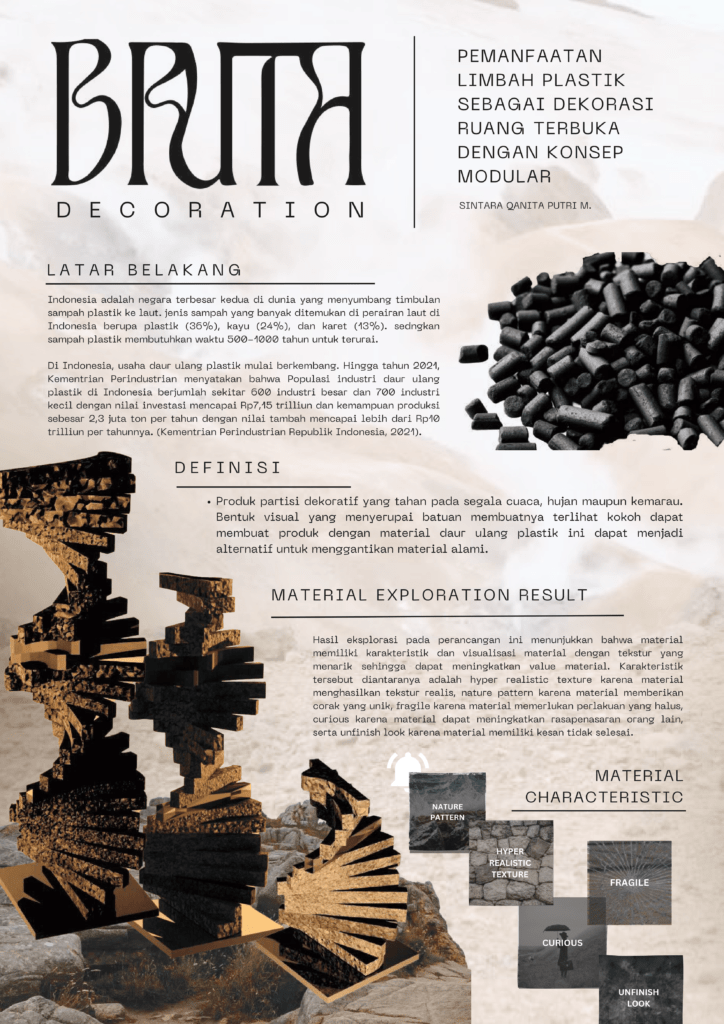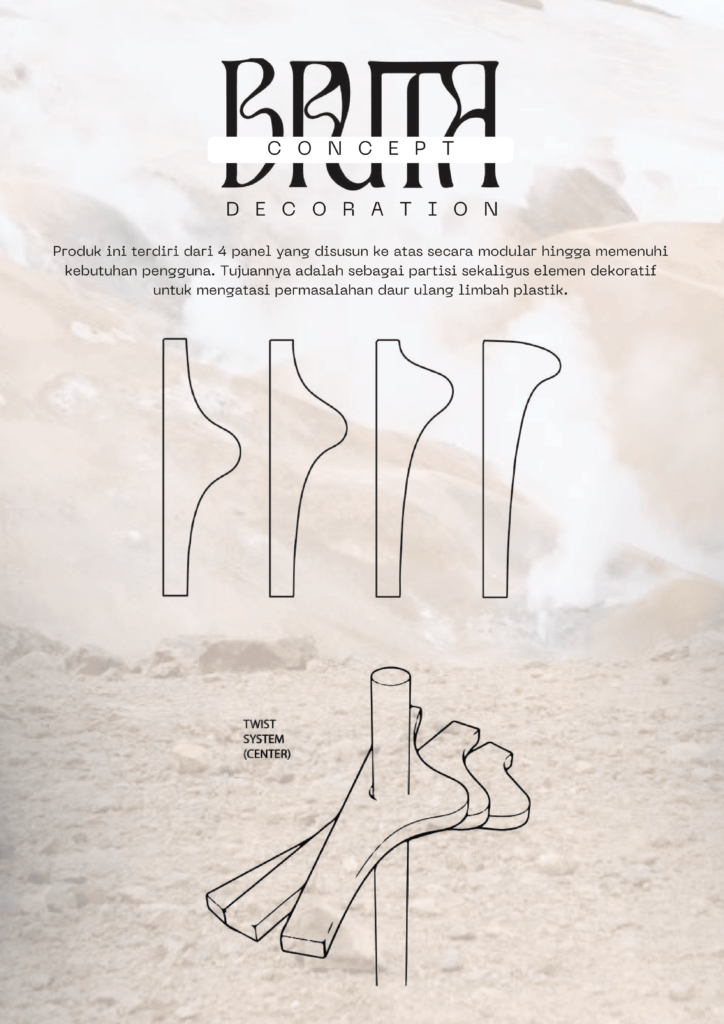

Indonesia is the second largest country in the world that contributes to the generation of plastic waste into the sea. The types of waste that are mostly found in marine waters in Indonesia are plastic (36%), wood (24%), and rubber (13%). In addition, in Indonesia the generation of plastic waste has increased from 6.7 million tons in 2013 to 7.4 million tons in 2019. So a waste management such as recycling is needed to reduce the amount of plastic waste. In Indonesia, the plastic recycling business is starting to develop. Until 2021, the population of the plastic recycling industry in Indonesia is around 600 large industries and 700 small industries with an investment value of up to IDR 7.15 trillion and a production capacity of 2.3 million tons per year with an added value of more than IDR 10 trillion per year. The high increase in plastic recycling companies in Indonesia means that the recycled plastic supply chain is quite high. So that it can be a recycling business opportunity in the long term. In this design, the author aims to explore recycled plastic materials into a recycled product, namely decorative partitions. The method used in this design is Material Driven Design experimental analysis of recycled PP and HDPE PLT plastic materials. This method is a method that departs from material exploration so that this exploration can be used as a basis for implementing design concepts. Based on experiments and explorations through this method, it was found that the right process and technique was found to produce a module that has a strong texture, namely using the double loading technique. Where this technique is able to produce a strong texture from recycled plastic waste so that it can be applied to modules for design products. This design process is based on the results of the material exploration above which then the unique characteristics of the material can be produced into modules that have the potential to be developed into decorative element products, namely as decorative partitions with a modular concept in open spaces.
